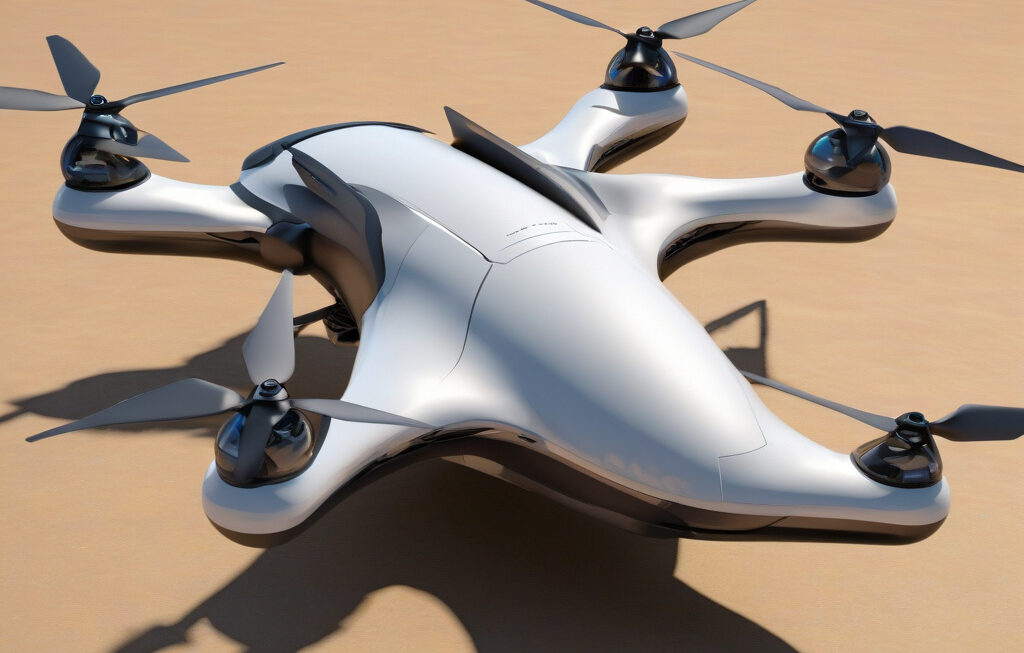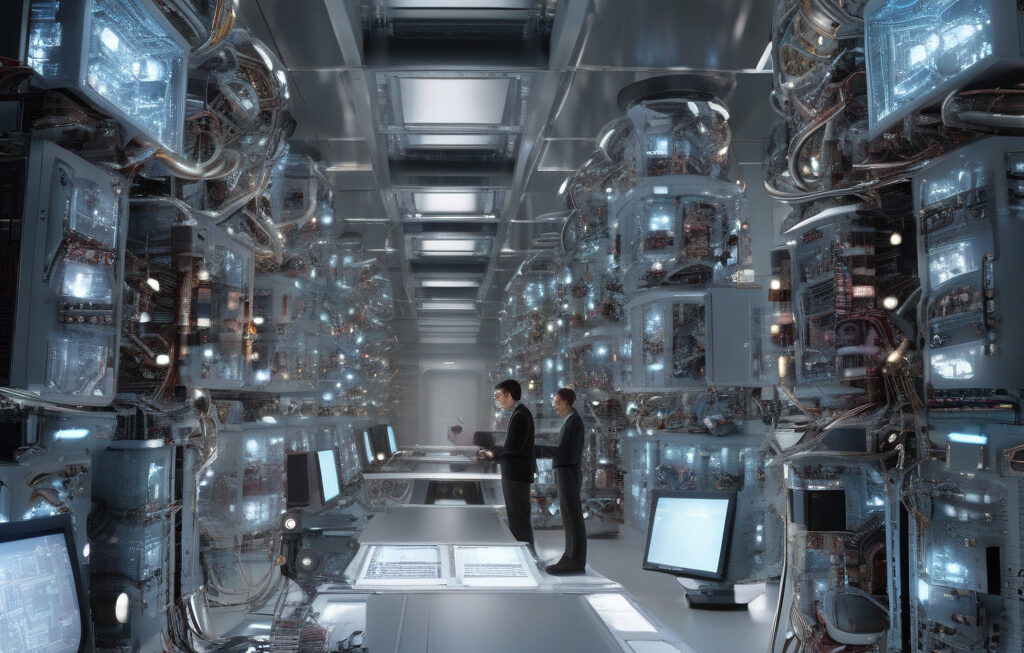World’s Largest-Scale Brain-Like Computer with 2 Billion Neurons Mimics Monkey’s Mind
Engineers in China unveiled a new generation of brain-like computer that mimics the workings of a monkey’s mind. This groundbreaking development showcases the incredible strides being made in the field of artificial intelligence and neural networks. The computer, which boasts a staggering 2 billion neurons, is the largest-scale brain-like system ever created, offering unprecedented processing power and capabilities.
Inspired by the intricate neural networks of the brain, this cutting-edge computer is designed to simulate the complex patterns of electrical activity that govern the brain’s functions. By replicating the behavior of a monkey’s mind, researchers hope to gain deeper insights into cognitive processes, learning mechanisms, and decision-making strategies. This innovative approach holds immense promise for advancing our understanding of the human brain and developing more sophisticated AI systems.
One of the key advantages of this brain-like computer is its ability to perform parallel processing on a massive scale. Just like the human brain, which can process vast amounts of information simultaneously, this computer can handle multiple tasks concurrently, leading to faster and more efficient computing. This parallel processing capability is essential for tackling complex problems that require intensive computations, such as image recognition, natural language processing, and autonomous decision-making.
Moreover, the sheer scale of this brain-like computer sets it apart from previous AI systems. With 2 billion neurons interconnected in a highly intricate network, this computer more closely resembles the complexity of the human brain than ever before. This level of detail and sophistication enables the computer to exhibit behaviors and capabilities that were previously out of reach for conventional AI systems.
In addition to its technical prowess, the implications of this brain-like computer are far-reaching. By modeling the functions of a monkey’s mind, researchers can explore a wide range of applications, from neuroscience and cognitive science to robotics and machine learning. For instance, this computer could be used to develop more advanced prosthetic limbs controlled by the brain, enhance the performance of autonomous vehicles, or even shed light on the nature of consciousness itself.
As we witness the rapid advancements in artificial intelligence and neural networks, it becomes increasingly clear that we are on the cusp of a new era in computing. The convergence of biology, neuroscience, and technology is giving rise to unprecedented opportunities for innovation and discovery. By simulating the intricate workings of the brain, researchers are pushing the boundaries of what is possible and paving the way for a future where machines can truly think and learn like humans.
In conclusion, the world’s largest-scale brain-like computer with 2 billion neurons, mimicking a monkey’s mind, represents a significant milestone in the field of artificial intelligence. With its unparalleled processing power, parallel computing capabilities, and potential applications across various disciplines, this computer is poised to revolutionize the way we approach AI and cognitive science. As we continue to unlock the mysteries of the brain and develop ever more sophisticated neural networks, the possibilities for innovation and advancement are truly limitless.
brain-like computer, 2 billion neurons, monkey’s mind, artificial intelligence, neural networks












